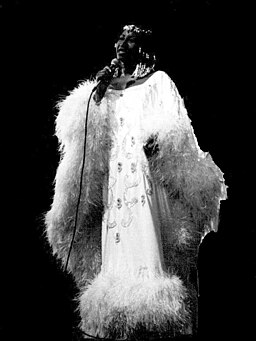Disclosure: I was sent a digital copy of this book in exchange for an honest review. I am working with The Children's Book Review and Jeanne Walker Harvey to bring you this post and giveaway. All opinions are my own.
I love books that share about people you may not have heard of. Today I get to share a nonfiction picture book about a woman who explored colors and paints of under water to share what a scientist saw on his underwater exploration. The woman is Else Bostelmann. The book is Else B. in the Sea The Woman Who Painted the Wonders of the Deep by Jeanne Walker Harvey and illustrated by Melodie Stacey.





















.jpg)


















